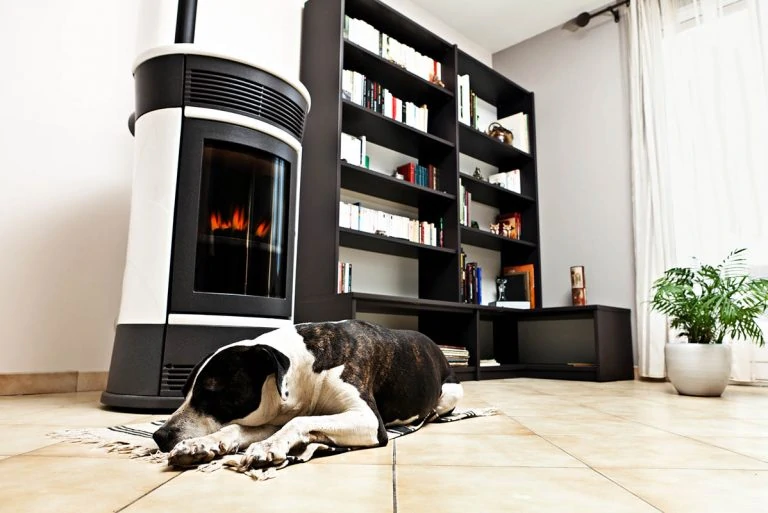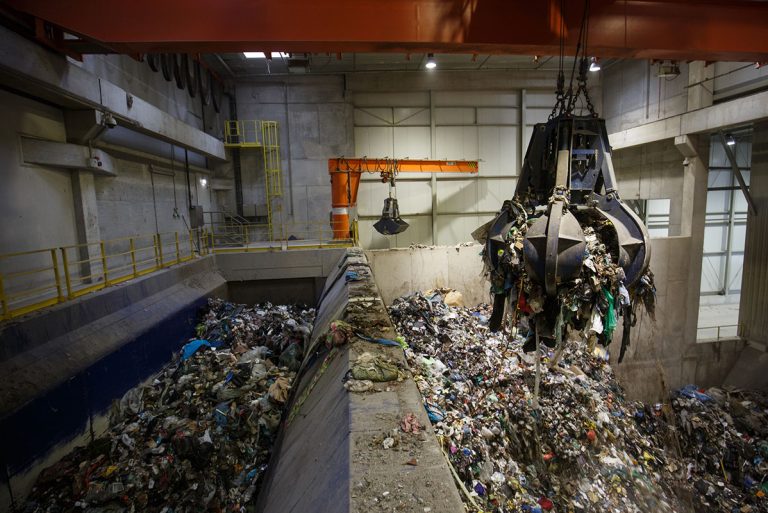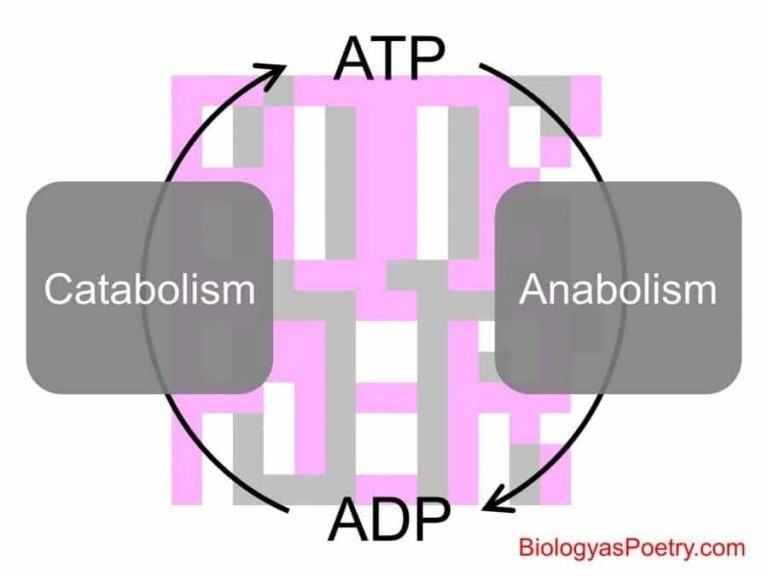When talking of renewable energy, and especially photovoltaics, Fronius smart meter is a device that you will come across. Here is everything you need to know about this smart meter.
Fronius Smart Meter Review: Can This Smart Meter Manage Electricity?
Fronius is a brand that is quite popular within the photovoltaic and renewable energy industry. Photovoltaic mainly entails the transformation of solar energy into electricity through the use of photovoltaics, commonly referred to as solar panels. Fronius is widely popular for its inverters as well as energy meter, the Fronius smart meter.
The Fronius smart meter is a product that aims at efficient energy management as well as transmitting technical and usage data to the grid. Smart meters are the new trend when it comes to tracking energy consumption in real-time as well as troubleshooting arising issues.
The reason why smart meters are critical players in energy management is that they provide an in-depth analysis of how you consume your energy as well as pinpoint some energy loss.
Is the Fronius smart meter worth the additional cost? Does it manage electricity? How are its features beneficial more than just any other smart meter?
It is highly likely that such questions are ringing somewhere in your mind, and it is understandable.
The article will provide a Fronius smart meter review in terms of how it works, the advantages of having one as well as the disadvantages.
However, before we divide in, what do you understand by energy management?
Energy Management Overview
Mainly, energy management refers to organized, systematic, and proactive energy production as well as minimized consumption of energy within a building. The reduction of energy consumption aims at satisfying both the economic and environmental balance requirements.
Governments across the globe are encouraging energy management practices. Most companies and individuals have turned to energy management as a way to minimize operational costs as well as expenses.
The various practices regarding energy management may differ from one person to another, but some key concepts remain constant across the board.
The are some general steps undertaken in any energy management practice. The initial step involves data collection regarding energy consumption. The collection of this data is achieved by metering energy consumption.
After collecting the data, the next step requires the identification of the various opportunities that can be utilized to save energy.
Identification without taking any actions won’t save any energy. The third step will involve taking measures to fill the identified gaps. Finally, the last step requires progress tracking of the actions taken.
The progress tracking assists in building up well-framed analytics to check whether energy is being saved and used appropriately. Energy management facilitates better utilization of the existing power, and smart meters happen to be at the center of the entire process.
With smart meters, one can effectively achieve the outlined four steps, namely collect, identify, act, and track. The current worldwide projections indicate that energy demand is expected to rise as the supply shrinks.
It is veritable that energy costs are deemed to increase, hence the need for efficient energy management. Thanks to the smart meters as they greatly aid in achieving the desired energy management levels.
What is a Smart Meter?
Technology advancements have been a critical force in the evolution of several electronic devices. In the current era of “smart” devices, we have seen lots of gadgets evolve from enormous to smaller yet highly efficient tools. So what exactly are smart meters, and how are they different from the traditional meters?
A smart meter is a device that is built to record the consumption of energy and relay the data to the energy supplier for billing and monitoring purposes.
Besides data collection, smart meters can also provide detailed information on real-time energy consumption. Smart meters are the new trend of wireless and digital meters.
Smart meters are often associated with electricity, but they can also measure water or gas consumption depending on the manufacturer’s specifications. However, since the Fronius smart meter is an electricity meter, we will narrow our focus on electric energy.
Smart meters function on a two-way communication protocol between the metering device and the central unit. The device must at least record energy consumed hourly or more frequently and send the statistics to the monitoring grid.
The advanced metering is quite different from the traditional automatic meter reading in that the conventional meter reading did not enable two-way communication.
The enablement of two-way communication is a great plus for the smart meters as it connects the power supplier and consumer in a unified way, thus eliminating the need for a manual meter reading.
The real-time energy consumption is commonly displayed in kilowatt-hours on the screen of the device. Additionally, it can be accessed using a smartphone or any other device that can connect to the internet.
Fronius Smart Meter
The Fronius smart meter is one of the typical electric energy smart meters in the market. It is associated with solar electric power as it works together with the Fronius inverter.
Fronius smart meter measures the energy production from the photovoltaic system with a two-percent accuracy as well as power consumption.
The Fronius smart meter measures the current, voltage, and frequency of the electric energy as well as the running hours.
Additionally, the smart meter allows the user to have control over the amount of power they sell back to the grid. The smart meter awakens solar energy production to its glory days.
How The Fronius Smart Meter Works
Understanding the installation and basic working of the Fronius smart meter is quite easy.
Starting with installation, you can either do it yourself or outsource an electrician.
The steps for installing the smart meter include:
- First, mount the meter within the switchboard on your rail and then turn on the communication channel between the smart meter and the data manager.
- Afterward, the current transformers are placed on every phase to measure the current.
- Connect the fuses for the voltage measurements
- Turn on the smart meter to send data to the data manager interface
- Finally, confirm whether it is transmitting data and also whether you can view installation parameters from the solar web account.
The device communicates to the power grid and Fronius inverters through a protocol known as the Modbus RTU interface. The Modbus protocol precisely assists the Fronius smart meter to be in synchrony with Fronius inverters.
The smart meter is a bidirectional meter that has two main options; there is the 63A version and the 50 kA-3 version.
The 63A version of the smart meter exists in two models, the 63A -1 and 63A -3 models.
The 63A -1 strictly serves the single-phase applications, whereas 63A -3 serves the 3-phase applications.
On the other hand, the 50 KA-3 version is a 3-phase smart meter, usually connected to a power grid of 400v minimum.
Although 50 KA-3 versions are mainly crafted for 3-phase, they can also serve the installations that are both single and dual phased.
The Fronius smart meter has a built-in data logger that resides on the lower side of the inverter. The inbuilt data logger allows the user to visualize the performance of the monitoring system.
Advantages of Fronius Smart Meter
Some of the Fronius Smart Meter pros include the following:
- Visibility
One of the most significant benefits that Fronius smart meter brings to the table is the ease of access and clarity of the usage data. The users can see the amount of energy that they are using and when they are using it. The device enables households to avoid using more power than they need.
Albeit, it also boosts transparency between the power supplier and the customer. Both parties can view the actual amount of energy consumed; thus, the costs will be transparent.
Again, it can as well act as a historical record in that the consumers can compare their present versus past usage.
The visibility factor also enables the power supplier to monitor the entire electric system more efficiently.
It is beneficial since the real-time data it provides is important to balance loads along the grid as well as reduce power outages.
- Minimized Expenses And Increased Savings
By the fact that the device enables consumers to avoid excessive usage of energy that is not necessary, this helps them to reduce electricity costs.
Traditionally, people used to receive bill estimates at the end of the month while with Fronius smart meter, people get up to date information of their current usage.
This fact enables many consumers to save on their electricity bills as well as streamline their financial plans.
- Accuracy In Estimation
The Fronius smart meter eliminates the need to make estimates. Rigorously testing of the gadgets is performed before leaving the factory to ensure that they send accurate data when installed by the energy consumers.
Additionally, this eliminates the need for a meter reader to take or estimate the readings.
- Encourages Cleaner Energy
The Fronius smart meter helps in the effective management of energy, thus saving energy. Secondly, the devices promote the use of solar energy which is clean and renewable. Broad adoption of solar energy will also reduce the dependence on power which is not eco-friendly.
On top of that, it also quenches the demand for new power stations that produce gases that pollute the environment. Besides, these gadgets will assist in curbing the emission of greenhouse gases from the power plant in existence.
These smart meters encourage the adoption of greener energy as well as pollution reduction.
Disadvantages of Fronius Smart Meter
Some cons of the Fronius Smart Meter include:
- Savings Require Proactive Use
Fronius smart meter alone cannot save your expenses on electricity bills. It requires an active engagement as well as behavioral change for the reduction in costs to reflect. The smart meter only provides information regarding energy usage.
Based on the usage collected, the user can analyze the data and decide the unnecessary energy consumption as well as where consumption can be minimized.
- Privacy Concerns
One of the significant setbacks of digital devices is the privacy issue. Some energy consumers have raised a concern regarding the privacy of their data that is being collected by smart meters.
The customers need assurance that their data will not leak to any third party from the energy suppliers.
If any information has to be shared with a third party, the supplier must have explicit consent from the customer.
- Setup Costs
Setting up these Fronius smart meters will incur some expenses on both the supplier’s and consumer’s end. On the supplier’s end, incurred costs include purchasing and replacement of the existing metering system.
Secondly, the training of personnel on how to handle the transition process will also incur some charges. On the customer’s end, he/she will have to incur additional fees for the new meter.
- Loss of Jobs
The adoption of the Fronius smart meter will render the meter readers jobless. Technology has the naughty trend of replacing human workers since advanced machines tend to be smarter and efficient in what they do than humans.
Therefore, with the installation of a smart meter, the need to manually read the meter is eradicated.
Conclusion On Fronius Smart Meter
It is undeniable that smart meters are the current trend in metering and more efficient than the traditional meters. The Fronius smart meter provides energy production, energy usage, and energy balance statistics daily which sets it above the bar when compared to other smart meters.
We can all agree that Fronius smart meter is a perfect choice to manage electricity as well as monitor a photovoltaic system.
What do you think about the Fronius smart meter? Please let us know if you have any questions by leaving a comment below.
Related Resources
- Using Solar Energy At Home: 6 Pros & Cons You Need To Know
- First Choice Power Overview: Who Are They & What Do They Do
- What is Net Metering and How Does It Work? [Full Guide and Analysis]
Green Coast is a renewable energy community solely focused on helping people better understand renewable energy technologies and the environment.















